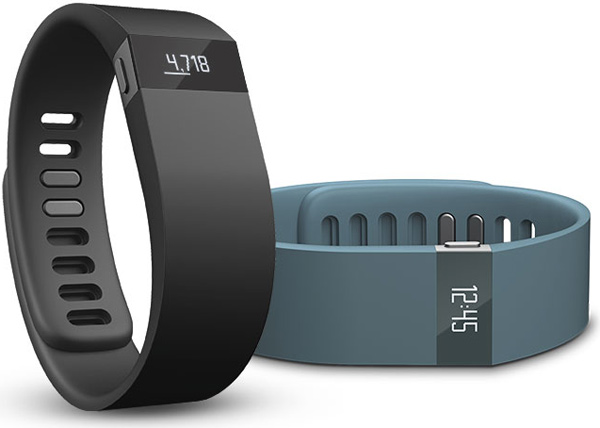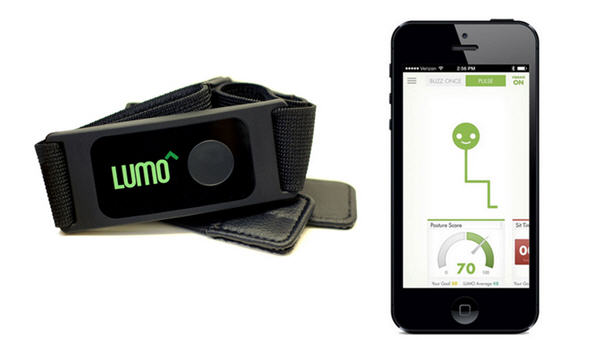
Putting your wellness where your wrist is: 4 tips for success with wearable health tech
Wearable health technology has come a long way from the tried-and-true pedometer. The Consumer Electronics Show (CES), held annually in Las Vegas, is the place for companies to show off the latest and greatest in software and hardware innovations. At the 2014 show held last month, we couldn’t h elp but notice one trend: Wearable health tech is hot. Really hot.
elp but notice one trend: Wearable health tech is hot. Really hot.
What is wearable health technology? In a nutshell, it’s any device with a biometric sensor that reports data to users on a host of activities—steps taken, hours slept, calories burned and more. Consumers then use that data to (hopefully) make better health and lifestyle choices. Popular devices currently dominating the space include Fitbit, Jawbone UP and Nike Fuelband.
It might just be the next big innovation in the health care system. So, what does this mean for your benefits offering? Here are four ways you can leverage advances in wearable health technology to create healthier, more informed and more engaged employees.
1. Meet employees where they are—on the go. In 2013, for the first time ever, more Americans accessed the Internet via mobile device than via desktop computer. This moment, unnoticed by many, indicated a monumental shift in the way Americans access information. This shift is especially crucial for the success and usefulness of wearable health tech products, as many users access information and respond to push notifications to take action through their mobile device.
What does that mean for you? Get in on the mobile health app market! You don’t have to create your own (just yet!), but there are plenty for you to choose from and incorporate them into program communications, based on your overall health and wellness strategy and goals. Of course, be sure to promote your vendors’ apps.
2. Offer targeted prizes. Prizes for participation in programs—especially wellness programs—is nothing new. But why not target the prize to the condition? Couple a “move more” challenge with a chance to win a Fitbit, which tracks daily step activity. Or, pair a nutrition challenge with a first-prize AIRO wristband that analyzes calorie consumption.
You can even allow employees to choose the prize that best suits them. Jill in accounting may struggle with back pain and would benefit from a Lumo Back, where Dave in marketing hasn’t had a good night’s sleep in years and could use a Lark Pro to track and improve his sleep cycles. With the constant evolution in technology and a product out there for just about every condition under the sun, it pays to be a bit more flexible to meet employees’ needs.
3. Be mindful of incentive design. Wearable health tech provides an extraordinary amount of data that you can use in designing health and wellness incentives. Incentives tied to biometric screening health outcomes is no new thing, but why measure just once and then forget it? Maintaining good health and nutrition is a year-round commitment, and incentive programs can be, too.
Also, don’t be constrained by standard biometric indicators like glucose and cholesterol. Perhaps construct an incentive that’s dependent on improving sleep patterns, or getting a certain amount of steps each month. Data also could be used for participation-only incentives, such as exercising 150 minutes each week. Use as a carrot or a stick, but be mindful of employee privacy concerns.
4. Reconsider plan design. Some medical plans are starting to cover the cost of wearable health technology. Examine your claims data and stay tuned to employee requests and industry trends to see if it might be time to expand the type of care and treatment your plans cover.
Wearable health technology is not only here to stay, but has immense opportunity to impact the way employees take care of their health. Don’t let these powerful tools pass you by.
Want to learn more about the opportunities offered by this new technology? Don’t miss benefits and communication expert Rosemary Passantino’s panel, “Quantified Self: Applications and Opportunities With Self-Monitoring and Data Tracking,” at the Human Resource Executive Health & Benefits Leadership Conference in March!
Work with Us
We partner with organizations that value their people first. Let’s talk.
